Muscle cars embody power, speed, and classic Americana. These roaring machines were designed for straight-line speed and often didn’t prioritize things like fuel efficiency or refined interiors. But a few muscle cars didn’t just flash down a quarter-mile stretch only to sputter out—they’re built to last. Here are 22 muscle cars that go the distance, flexing their engines with endurance.
1969 Chevrolet Camaro ZL1
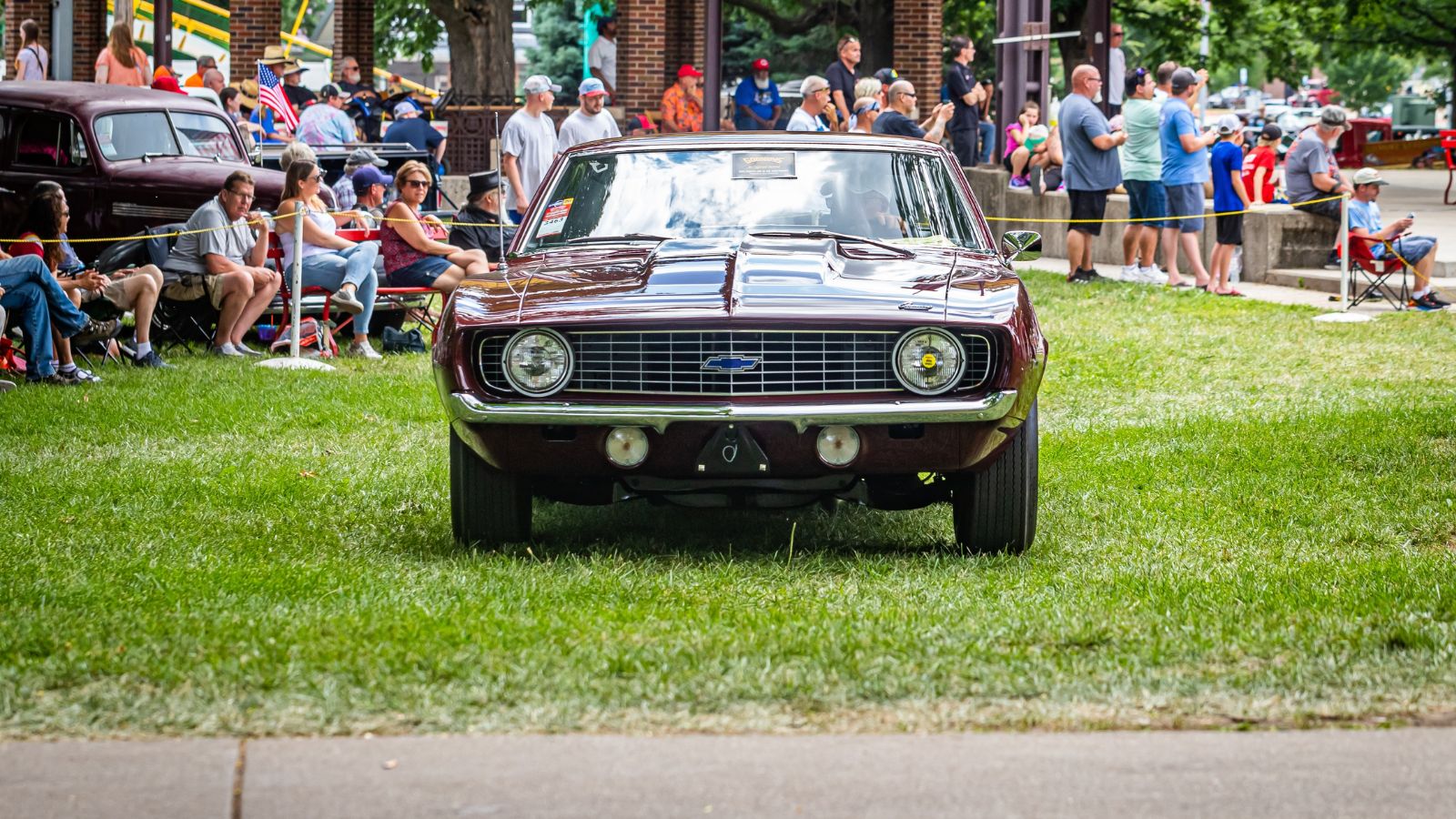
The ’69 Camaro ZL1 was a statement. Under the hood, it packed a 427-cubic-inch aluminum V8 engine, developed initially for Can-Am racing, producing around 430 horsepower—though many believe its true output was closer to 500 hp. This lightweight aluminum engine significantly reduced weight, improving both speed and handling. Lightweight and durable? It’s a rare combination in muscle cars!
1970 Dodge Challenger R/T
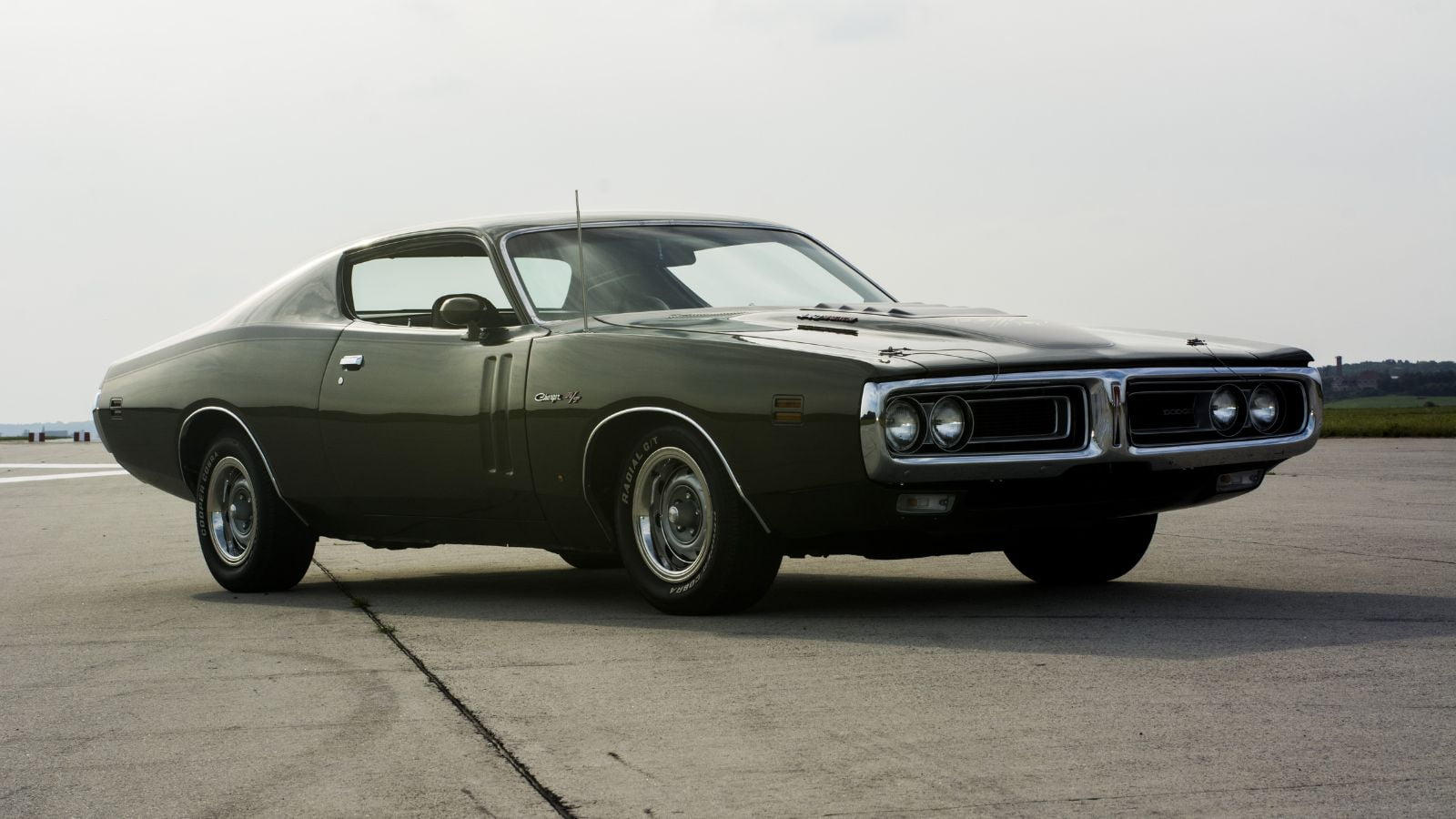
If you want a muscle car that screams style and power, the Challenger R/T is hard to beat. Equipped with a monstrous 426 Hemi V8, this car was known for its high-end performance and classic design. Inside, it offered optional luxury features like leather seating and wood-grain accents, balancing comfort with muscle. And its enduring charm is backed up by its bulletproof mechanics—these Challengers can still hold their own on the road today.
Ford Mustang Boss 302 (1969–1970)
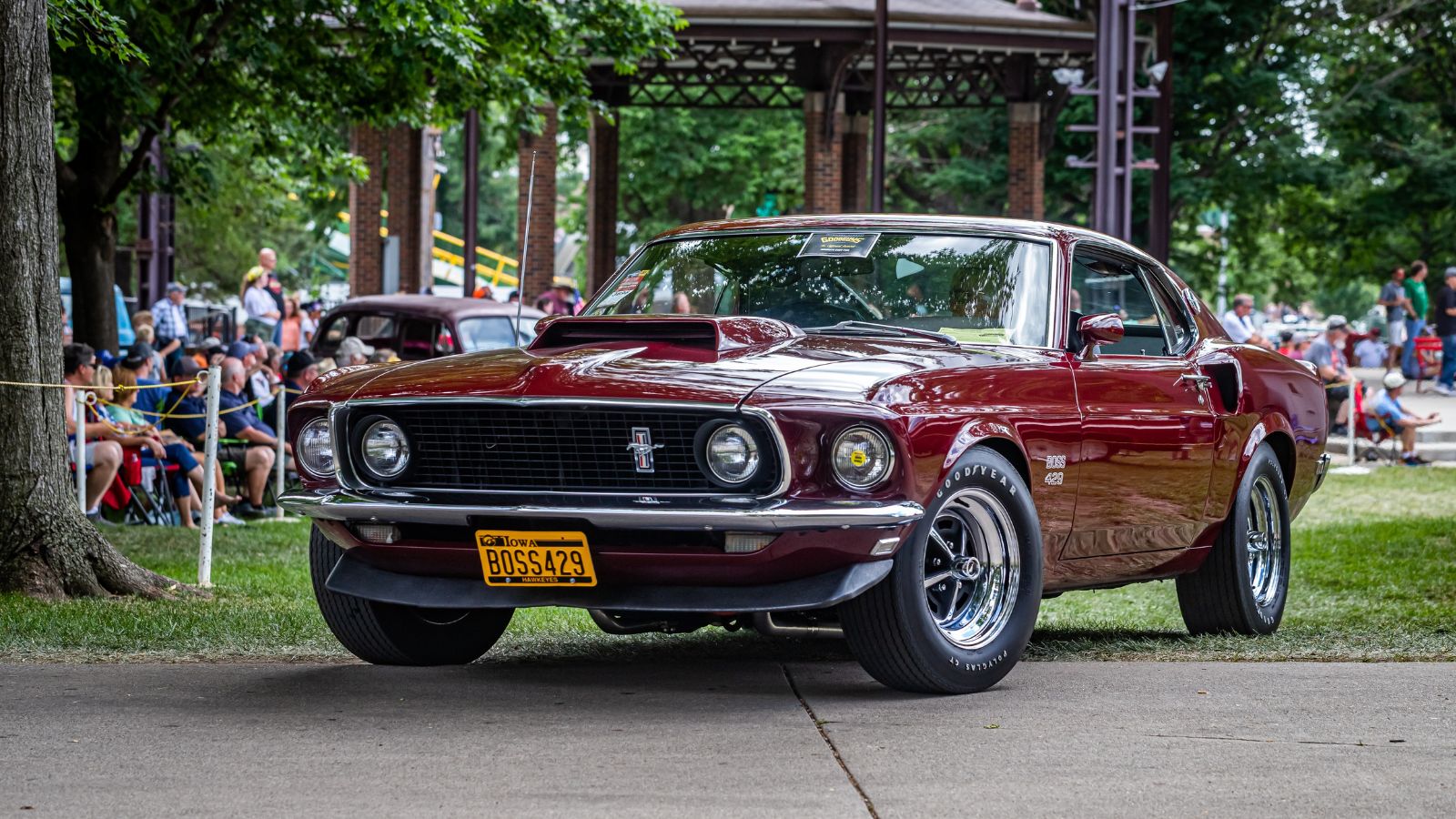
The Boss 302 Mustang was built to conquer the track. In 1970, Ford tweaked the Boss 302’s design, including improved aerodynamics, a rear deck spoiler, and a blacked-out hood. With its distinctive “shaker” hood scoop and eye-catching graphics, the Boss 302 has remained a favorite among collectors. Today, the Boss 302 represents an era when Ford was determined to challenge the dominance of Chevy’s Camaro Z/28, and it remains a muscle car icon.
1971 Plymouth GTX
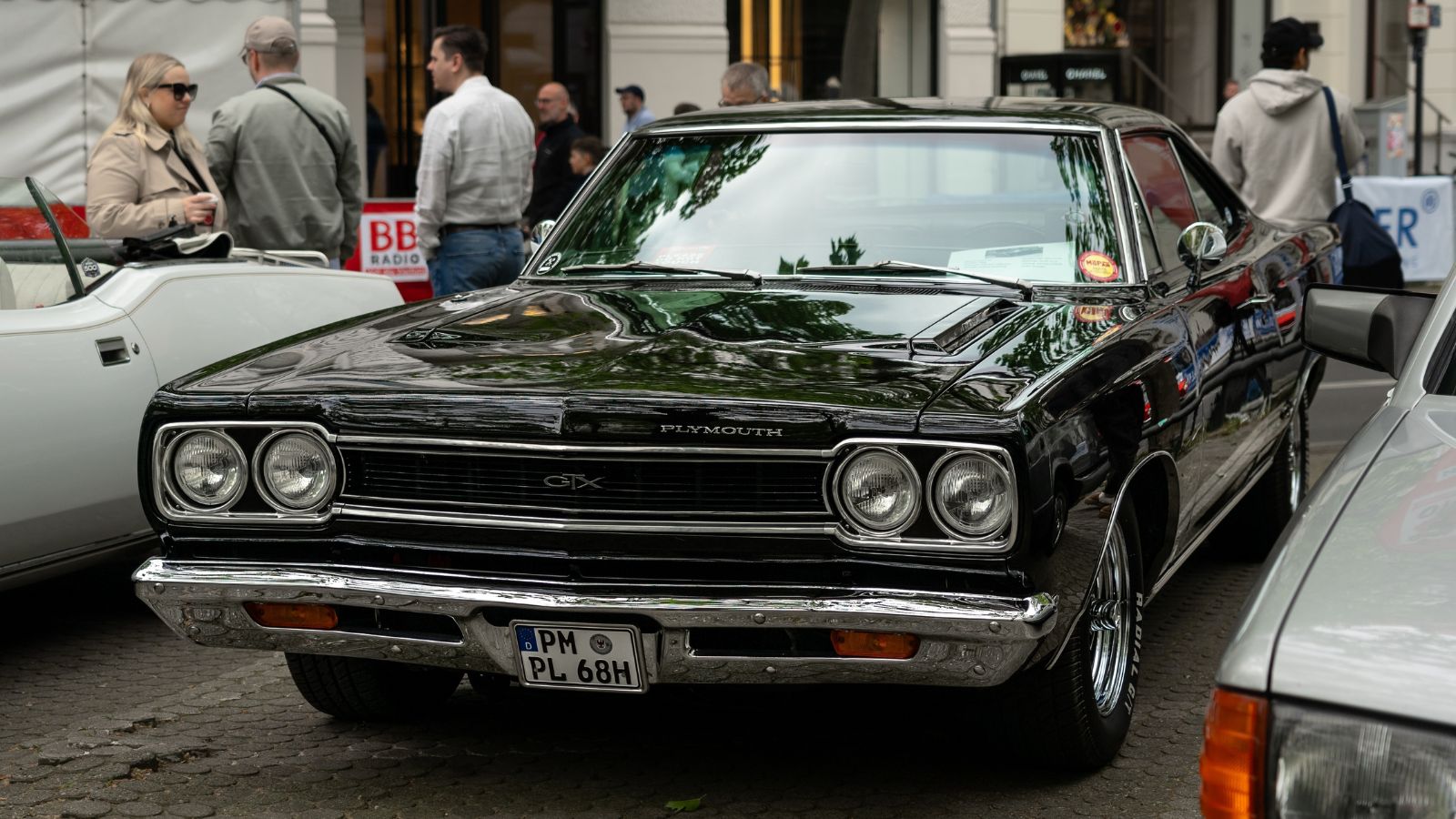
The GTX was marketed as a “gentleman’s muscle car,” but don’t let the refined label fool you. The 1971 GTX introduced a sleeker, more aerodynamic design than previous models, along with Chrysler’s “fuselage” body style that gave it a distinctive, streamlined look. It also featured upgraded suspension and optional comfort features like air conditioning, which was rare in muscle cars of the time. Although 1971 was the last production year for the GTX as a standalone model, its blend of style, luxury, and performance made it a lasting icon in American muscle car history.
Buick GSX (1970)
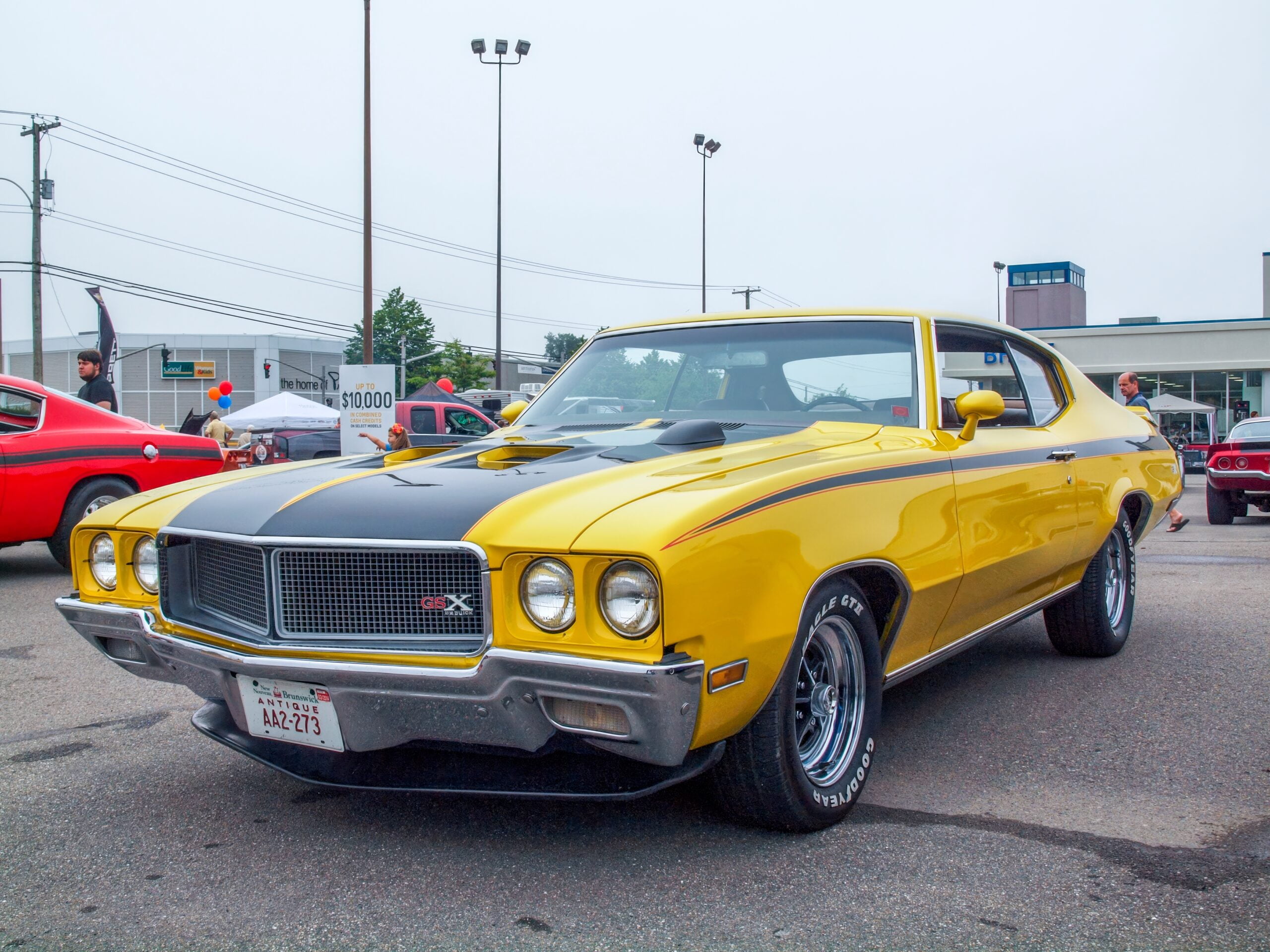
Buick might not be the first name that pops into mind when you think “muscle car,” but the GSX changed that. This special Gran Sport (GS) 455 package boasted a monstrous 455-cubic-inch V8 engine, generating up to 360 horsepower and an astonishing 510 lb-ft of torque—the highest torque rating of any American production car at the time. Further, equipped with the “Stage 1” performance package, the GSX could reach 0–60 mph in just 5.5 seconds, rivaling heavyweights like the Chevelle SS and Plymouth Road Runner.
Chevrolet Chevelle SS 454 (1970)

The Chevelle SS 454 was a beast. At its heart was the LS6 engine, a 454-cubic-inch (7.4L) V8 that produced an official 450 horsepower, though many believe it could actually deliver closer to 500 hp. This sturdy engine, one of the largest offered in an American muscle car at the time, came with a Holley four-barrel carburetor and a compression ratio of 11.25:1, helping it achieve blistering acceleration and making it one of the most powerful factory muscle cars ever built.
Pontiac GTO Judge (1969)
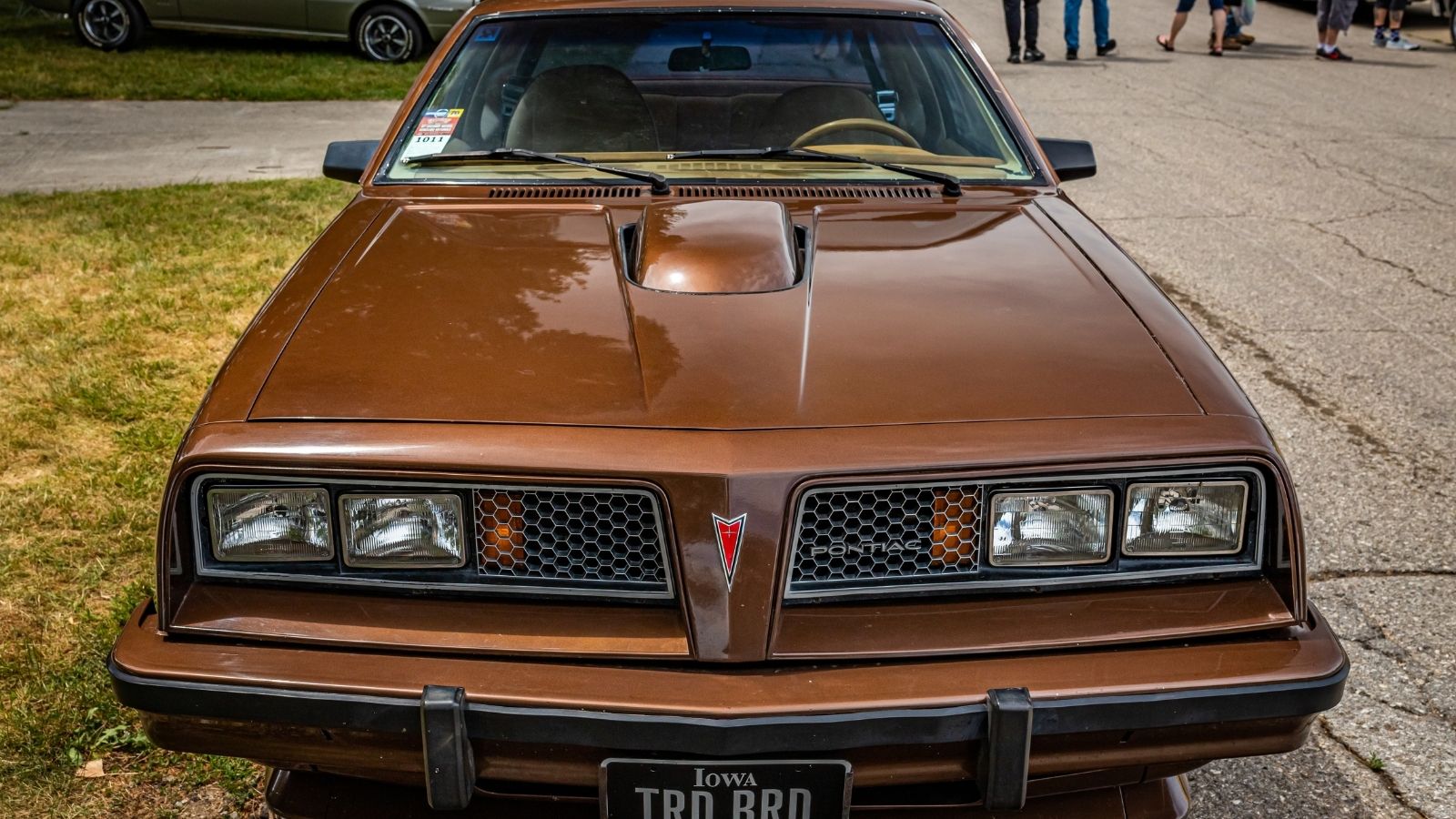
The Judge is in session—and the verdict is that this Pontiac classic has serious staying power. Despite its bold appearance, it wasn’t all show. The Judge included performance enhancements like a Hurst shifter and heavy-duty suspension, making it a beast on the track. Produced only until 1971, the GTO Judge remains a rare gem for collectors, with surviving models highly valued for their history and sheer power.
Ford Mustang Mach 1 (1971)
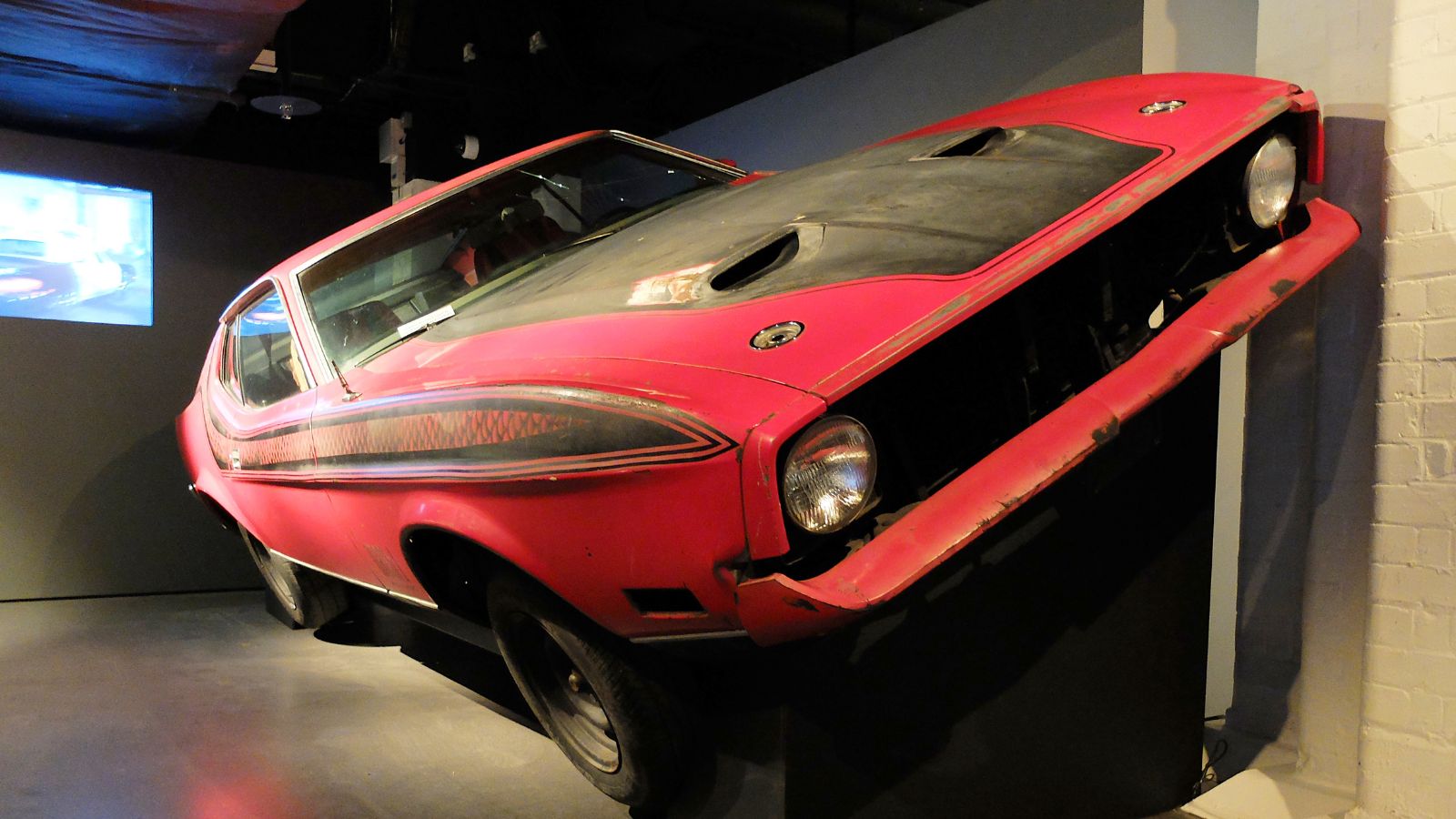
The Mach 1 Mustang was a cultural icon. This model year marked a significant redesign: the Mach 1’s body was larger and more aggressive than its predecessors. Under the hood, it offered a variety of engines, including the 429 Cobra Jet V8, capable of delivering up to 370 horsepower. This engine choice made it a formidable performer, especially with the optional Ram-Air induction. Also, thanks to Ford’s quality build, many Mach 1s are still prowling the streets today, living up to their “built to last” reputation.
Oldsmobile 442 (1970)

The Oldsmobile 442 might not get as much love as some other muscle cars, but it has staying power in spades. Oldsmobile introduced the W-30 performance package, adding a fiberglass hood with functional air scoops, an aluminum intake manifold, and a performance camshaft, increasing speed and charisma. Beyond its raw power, the 442 also offered upscale features like a comfortable interior and well-crafted build, making it a durable choice for enthusiasts.
Dodge Super Bee (1968)

The Dodge Super Bee wasn’t built for subtlety. Known for its distinctive “Scat Pack” bumblebee stripe on the rear, the Super Bee was powered by a robust 383-cubic-inch (6.3L) V8 engine producing 335 horsepower, with a 426 Hemi engine upgrade available for those seeking more power. The car’s aggressive design featured a dual hood scoop, heavy-duty suspension, and a four-speed manual transmission for maximum control.
1978 Pontiac Firebird Trans Am
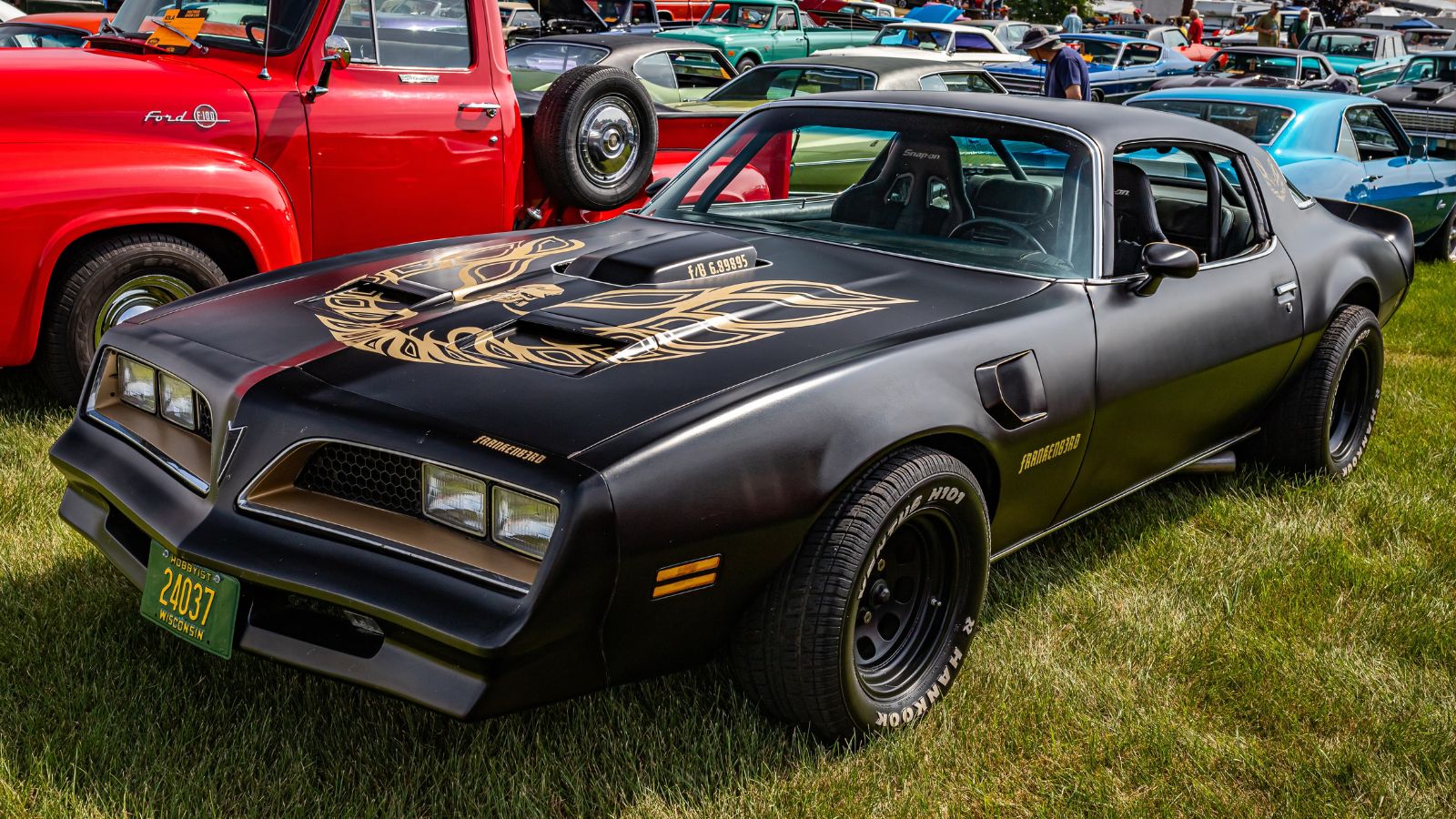
The Firebird Trans Am might be more famous for its appearance in Smokey and the Bandit, but it’s also a long-lasting powerhouse. With a heavy-duty suspension and performance-focused features, the Trans Am delivered impressive handling and acceleration for its time. It also included advanced technology, like radial-tuned suspension and optional four-wheel disc brakes, uncommon in the late 1970s.
AMC AMX (1968–1970)
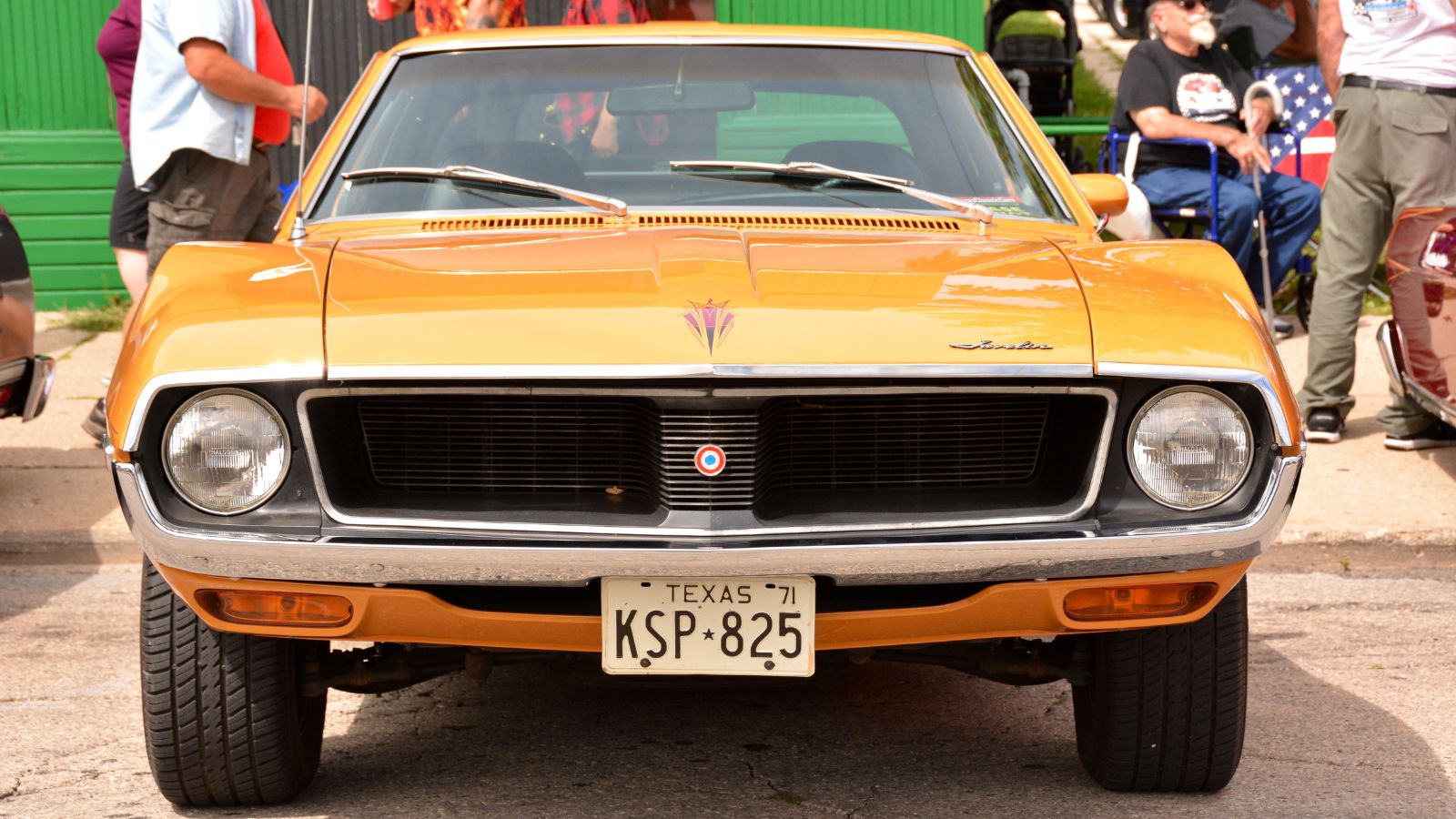
AMC’s contribution to the muscle car world, the AMX, was compact but fierce. Known for its short wheelbase and two-seat layout, the AMX was positioned to compete with the Chevrolet Corvette and Ford Mustang. It debuted in 1968 with a steel body and was the only American-built two-seater apart from the Corvette at the time. Additionally, with three V8 engine options—290, 343, and 390 cubic inches—the most potent 390 version could achieve 0–60 mph in about 6.6 seconds, making it one of the quickest cars of its era.
1971 Mercury Cougar XR-7
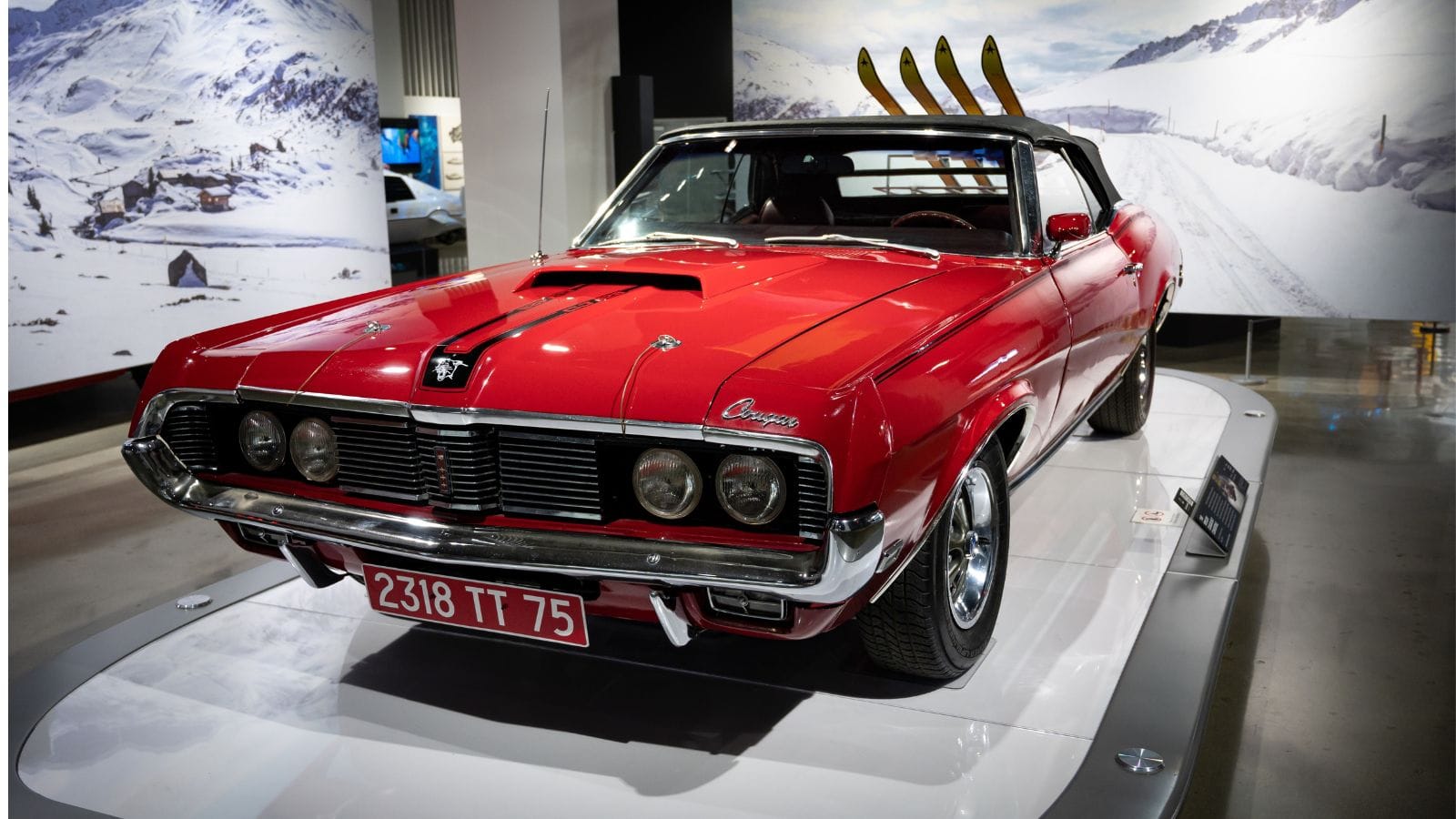
The 1971 Mercury Cougar XR-7, Ford’s wild child, roared into the ‘70s with a swankier, wider look than its Mustang sibling. Think of it as Mustang’s more sophisticated, disco-ready cousin. It featured a longer nose, an unmistakable split grille with a “frowning” front end, and those hidden headlights. Buyers could opt for some serious muscle: a 351 Cleveland V8 came standard, with options up to a 429 Cobra Jet.
1970 Dodge Charger R/T

The Dodge Charger R/T became a legend thanks to its 440 Magnum and 426 Hemi V8 options, which were notoriously robust. Inside, it had all the comfort Dodge could muster in an era focused more on speed than seat cushions. An optional “pistol-grip” shifter made sure drivers could shift gears with style. And, built for NASCAR dreams but just as happy rumbling down Main Street, the ‘70 Charger R/T left an indelible mark in muscle car history.
Plymouth Road Runner (1969)
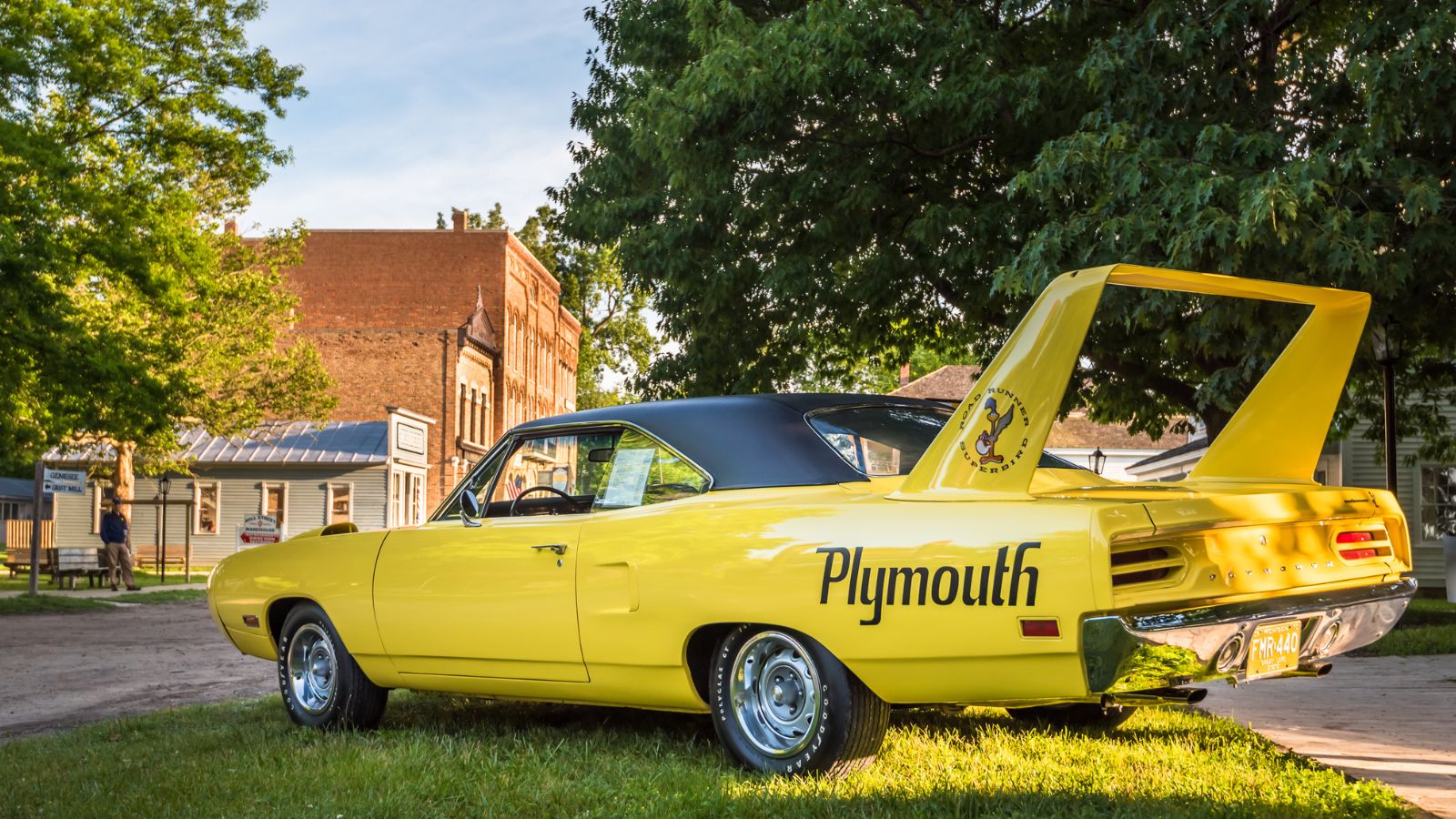
The Road Runner was designed for simplicity, speed, and strength. The car’s unique “beep-beep” horn mimicked the Road Runner cartoon, a fun touch that only cost Plymouth $10,000 in licensing fees! Its lightweight body, minimal frills, and heavy-hitting performance made it a quarter-mile darling. And, by the time it blasted off the line, the 1969 Road Runner had already etched itself into muscle car lore.
1979 Pontiac Firebird Formula 400
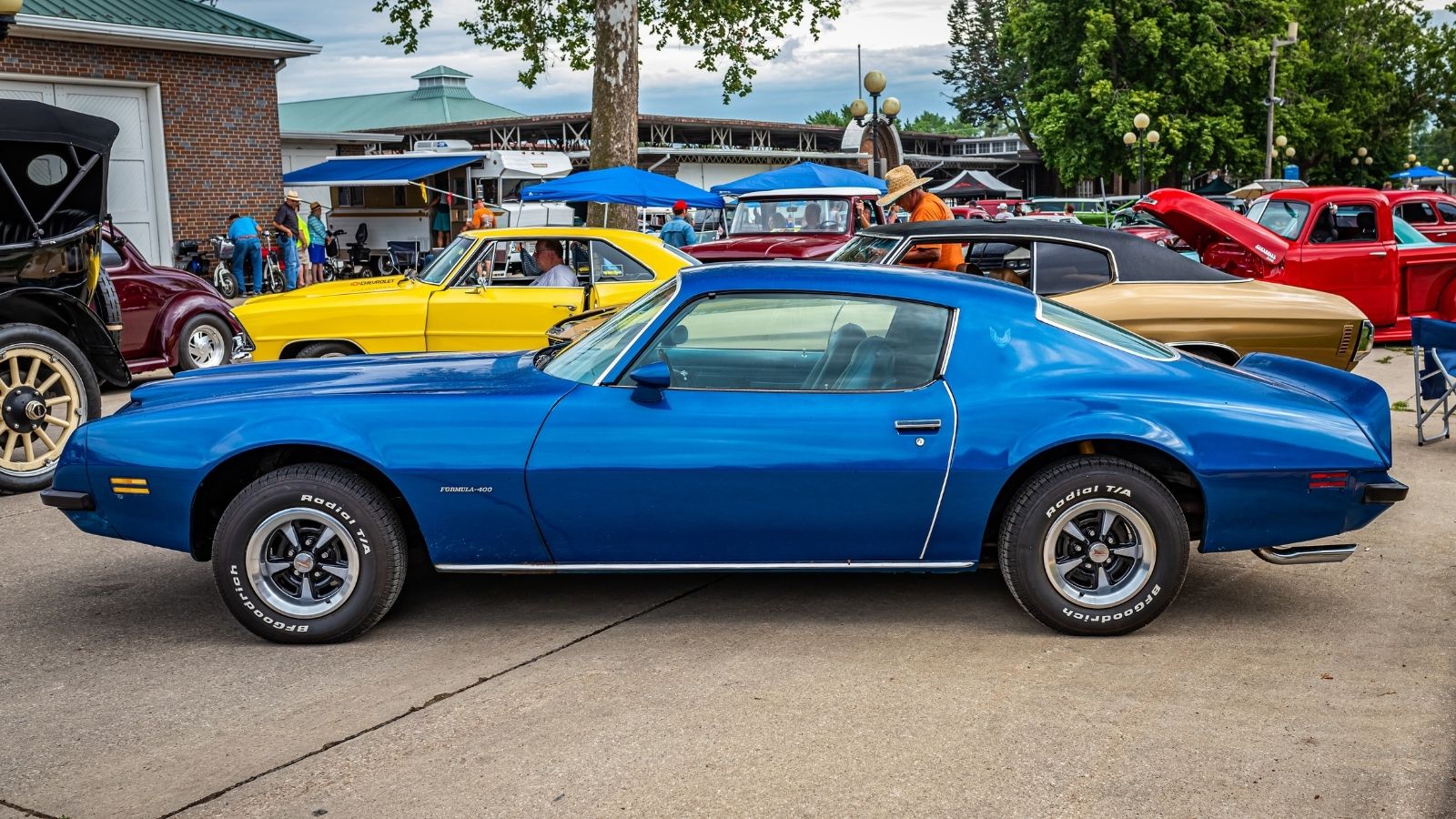
While the 1979 Firebird Formula didn’t boast the wild horsepower of earlier models, its 400 cubic-inch engine was reliable and long-lasting. The iconic “screaming chicken” hood decal could be added for extra flair. This Formula 400 was available with a 4-speed manual transmission, rare for that time, making it a genuine thrill to shift. Its sharp, aggressive looks and T-top option made it a classic ’70s cruise machine.
1970 Plymouth Cuda 440
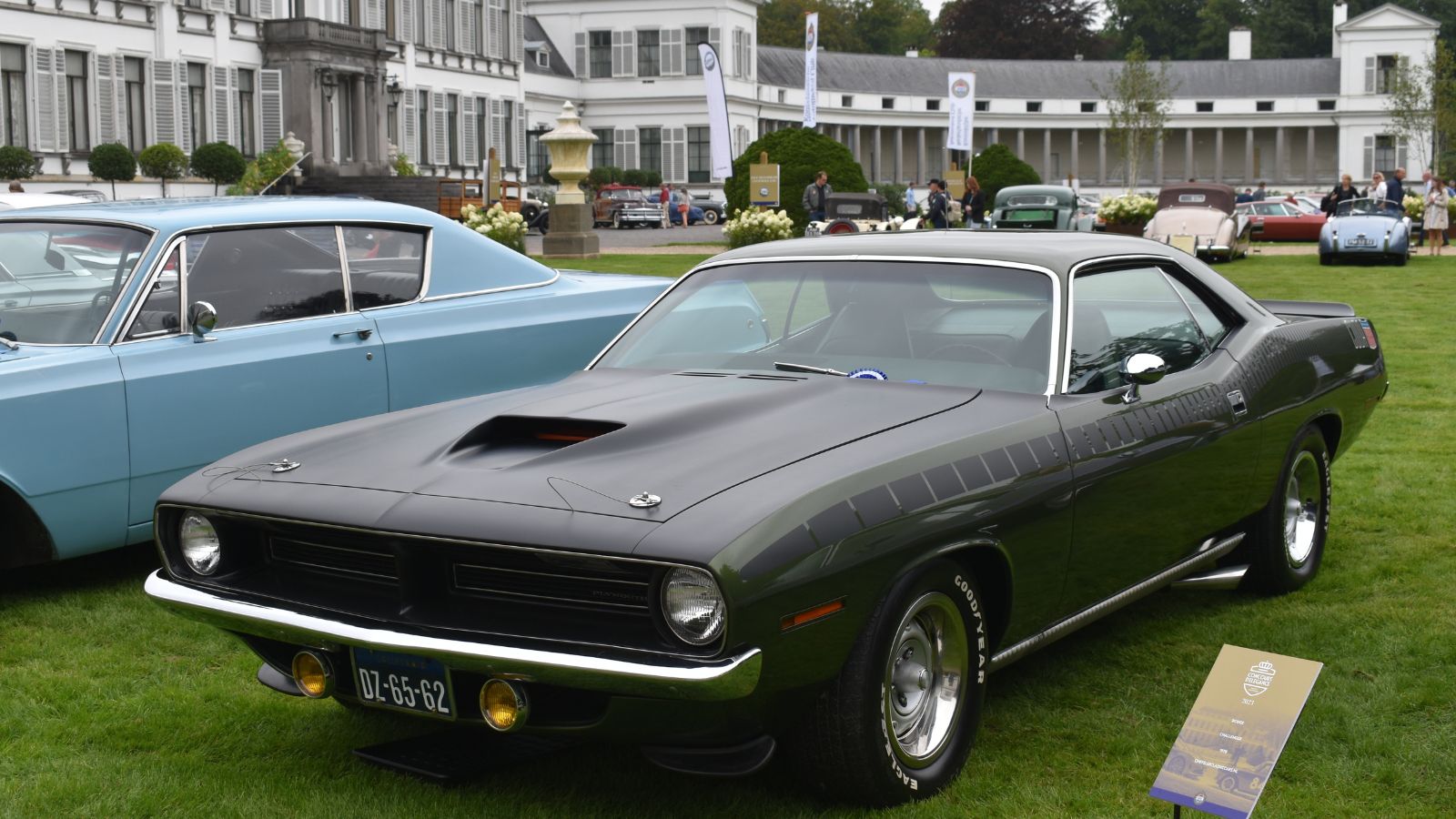
The ‘Cuda 440 was Plymouth’s answer to the high-performance market. With a robust 440-cubic-inch V8 engine, this American muscle machine pumped out 375 horsepower, or 390 if you had the 440+6 (three two-barrel carburetors) setup, lovingly called the “Six Pack.” This meant the ‘Cuda didn’t just roar – it roared with a capital “R” and left tire marks that screamed “goodbye, sucker.” Also, this classic was part of Chrysler’s E-body platform, sporting a bold design with wide grilles, “shaker” hood scoops, and flashy high-impact paint options like “Lemon Twist” or “Plum Crazy.”
1968 Ford Torino GT
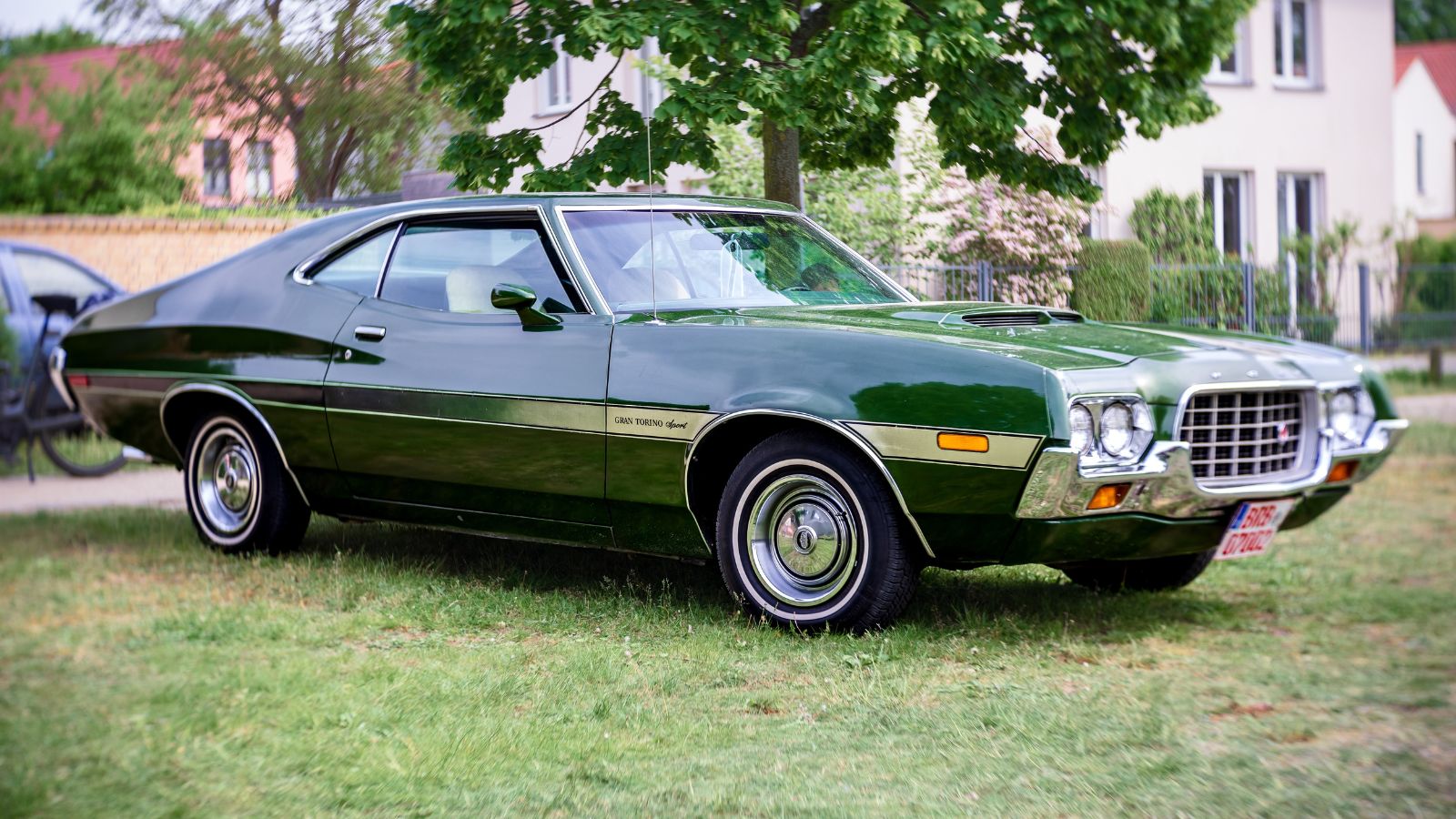
The 1968 Ford Torino GT had a fastback design that Ford claimed was more aerodynamic, though it mostly looked cool. You could order it as a hardtop, convertible, or the beloved “SportsRoof,” which made it look like it was going 100 mph standing still. And those hideaway headlights? Pure James Bond. In short, the Torino GT had the muscle, the looks, and enough torque to make your neighbor’s lawn gnomes shake. A truly classic, unapologetically bold American icon.
1969 Dodge Coronet Super Bee A12
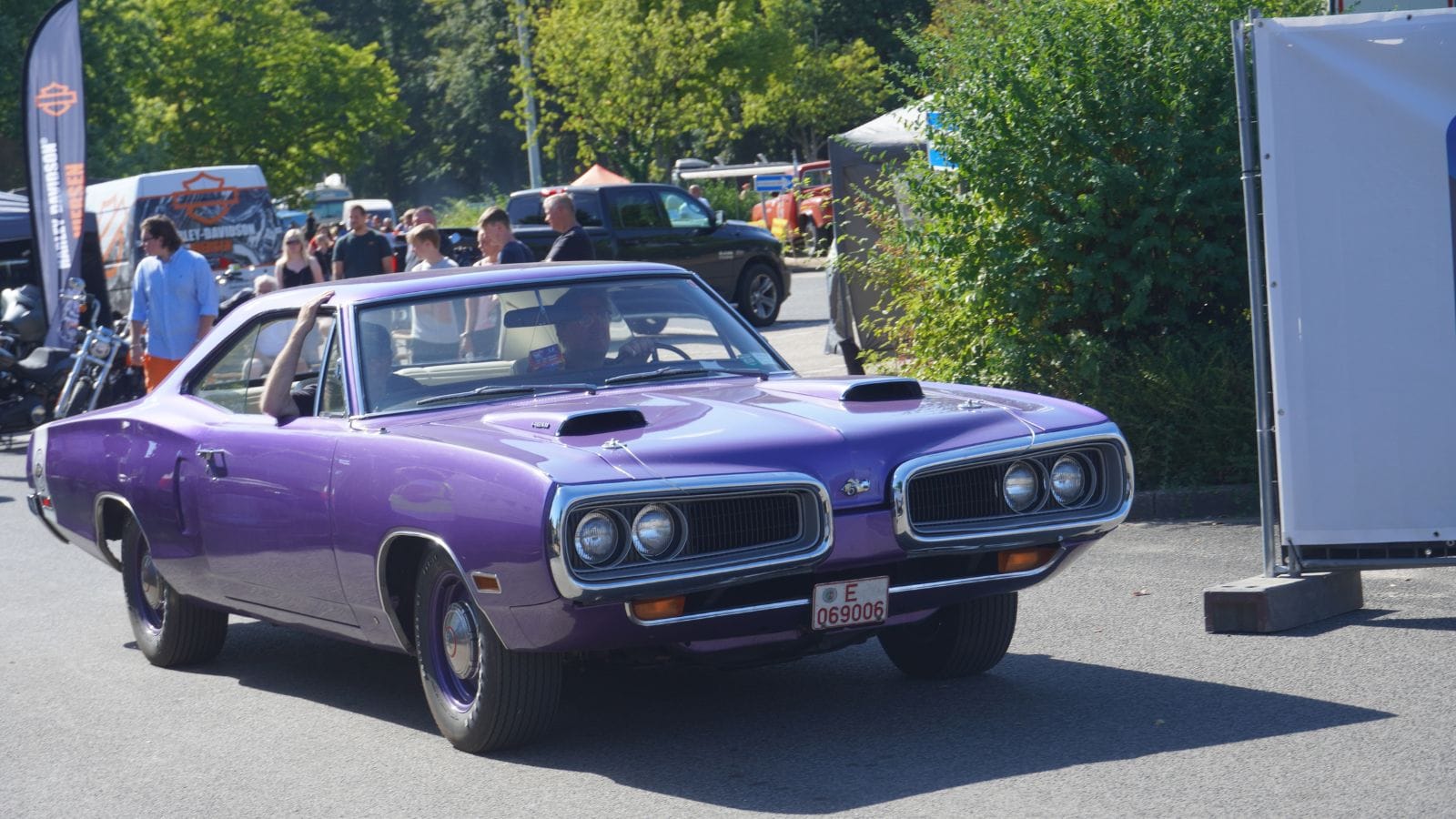
The 1969 Dodge Coronet Super Bee A12 is an out-and-out muscle car legend. Dodge ditched the heavy stuff, like hubcaps, giving it a lightweight, matte black, lift-off fiberglass hood with a big “440 Six Pack” decal. Performance? It could do a 0-60 sprint in under six seconds. And with 4.10 gears, this car was hungry to devour the quarter-mile in around 13 seconds flat! Only about 1,487 units were produced, making this Mopar monster a rare catch for collectors.
1970 Ford Falcon GT

The 1970 Ford Falcon GT was a true Aussie muscle car. This beauty rolled off the assembly line with a 351 cubic inch V8 engine, producing a roaring 300 horsepower—enough to leave your neighbor’s Commodore eating dust. Not to forget, with its iconic “GT” badge, this car came equipped with a four-speed manual transmission and sported a unique rear spoiler that looked like it could take off into the outback.
1970 Chevrolet Monte Carlo SS 454
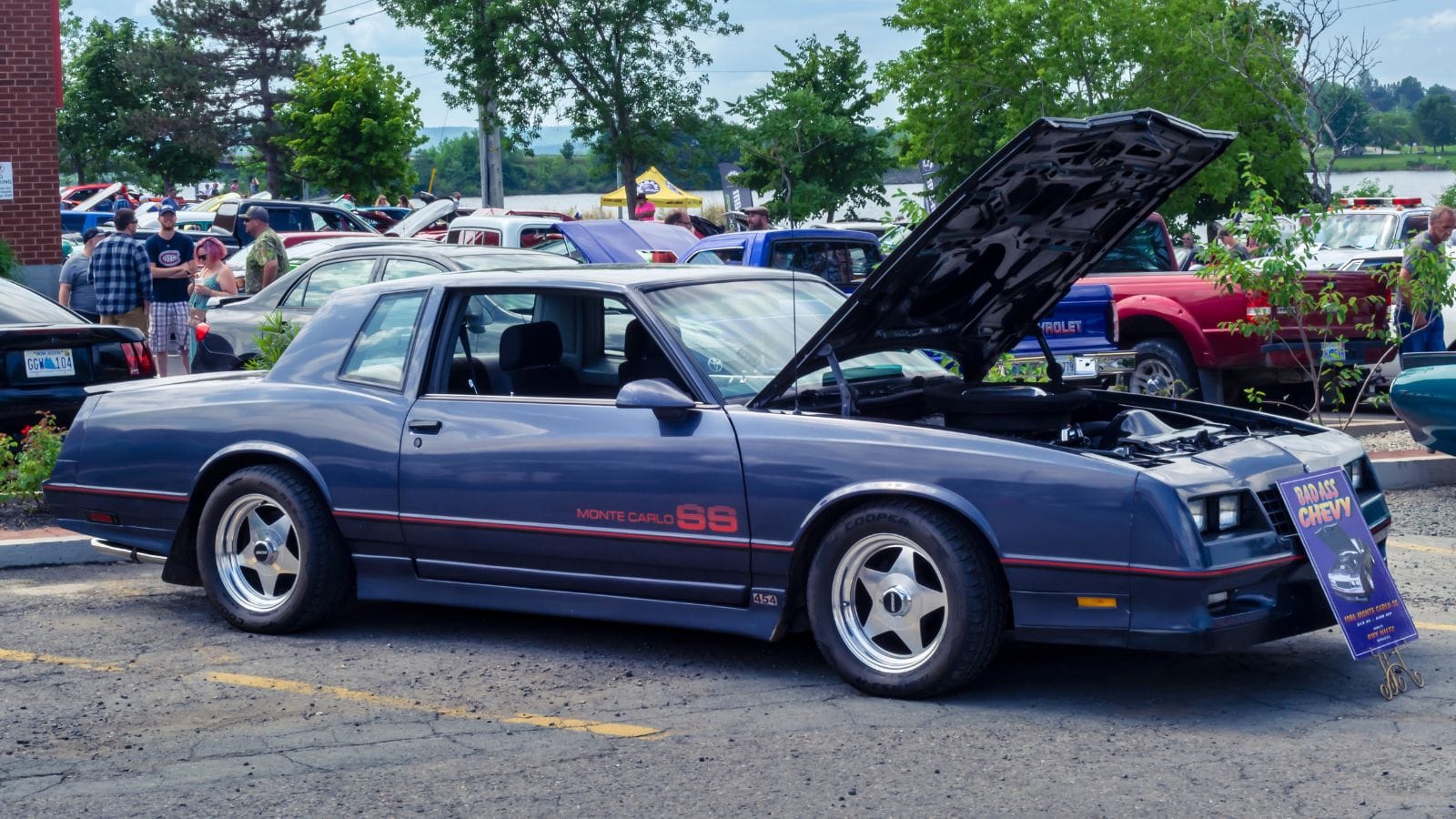
The Monte Carlo SS 454 was Chevrolet’s attempt to combine luxury with muscle. Dressed in classic muscle car fashion, it sported a long, sleek body with a front end that could intimidate a grizzly bear. It weighed around 3,600 pounds. The Monte Carlo SS 454 could go from zero to sixty faster than you can say “fuel economy” (not its strong suit). With just about 3,800 units produced, owning one today is like finding a needle in a haystack.
1987 Buick GNX
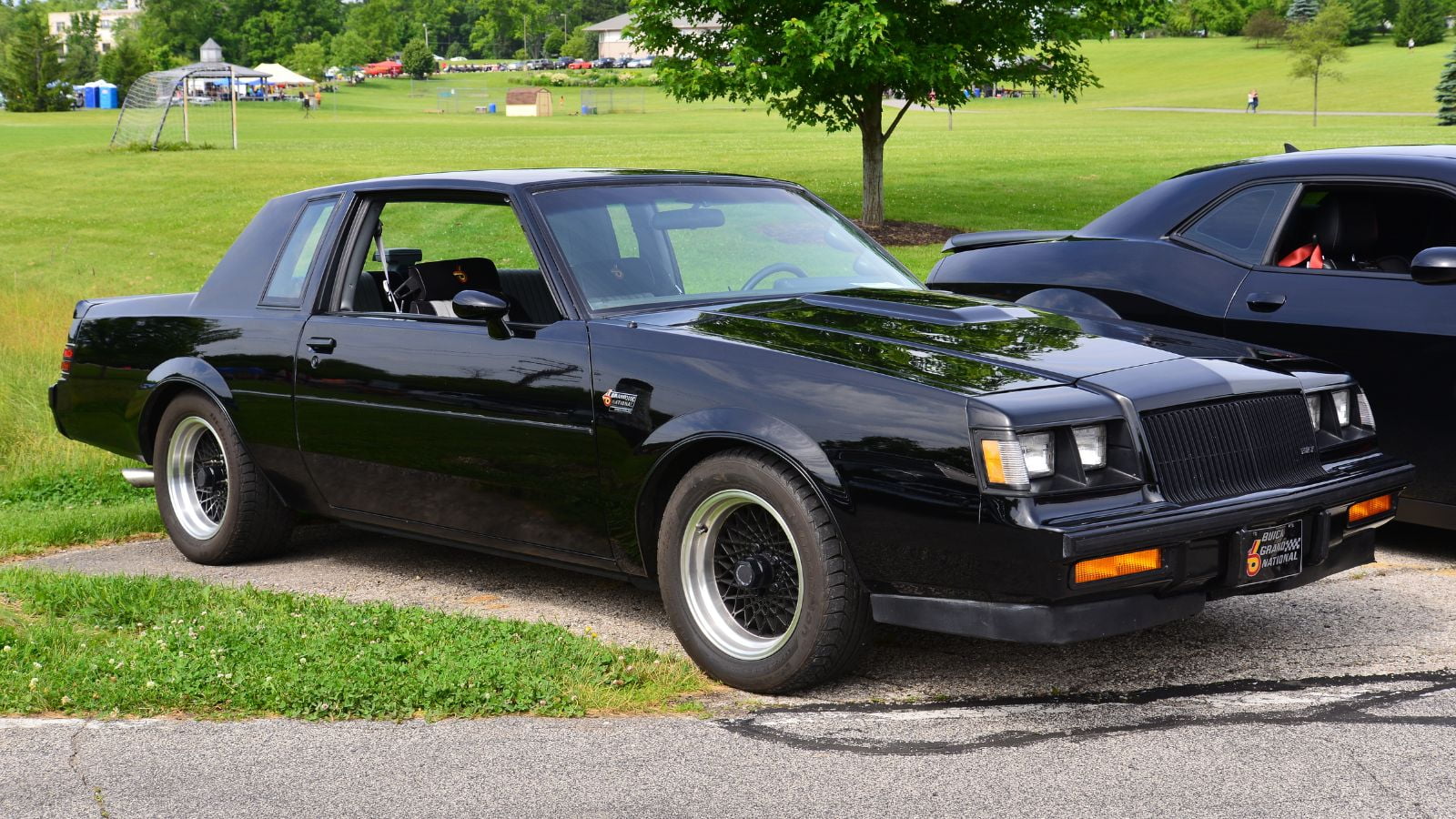
Last but certainly not least, the Buick GNX defied the muscle car stereotype. It could go from 0 to 60 mph in just 4.6 seconds. The GNX also featured a sinister black exterior. It even had a special suspension that said, “Don’t worry, I’ve got your back.” In a nutshell, the GNX is like a middle-aged superhero—unassuming yet undeniably powerful.
12 Cars That Are Known for Their Unbreakable Reliability — They Just Don’t Quit

Reliability is a core feature that defines a vehicle. Over the last few decades, some vehicles have emerged as a reliable and durable option, standing out as workhorses that never quit. These vehicles not only prove themselves in terms of performance but transcend their role and become reliable partners, always fulfilling their role. Here are 12 Cars known for their unbreakable reliability.
12 Cars That Are Known for Their Unbreakable Reliability — They Just Don’t Quit
